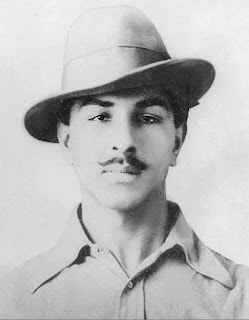Reevaluating the Ambedkar-Gandhi Debate

The Ambedkar-Gandhi dispute remains one of the thorniest and most hotly debated topics in modern Indian history. Ambedkar’s scathing critique of Gandhi and the politics espoused by him is known to one and all. In this piece, I attempt to untangle the intricacies and nuances pertaining to this debate. “The politics of Gandhi is hollow and noisy. It is the most dishonest politics in the history of Indian polity. Gandhi was the man responsible for eliminating morality from politics and instead introduced commercialism in Indian politics. Politics has been denuded of its virtue.” These are not the words of a Hindutva zealot who salivates over Godse but of BR Ambedkar—the man who wrote the constitution of our country. Ambedkar and Gandhi had irreconcilable differences. Albeit both were opposed to untouchability and advocated for its abolition, Gandhi’s position on caste as a whole was ambiguous and performative. Till 1922, Gandhi used to be a fervent proponent of Caste. He believed that cas




